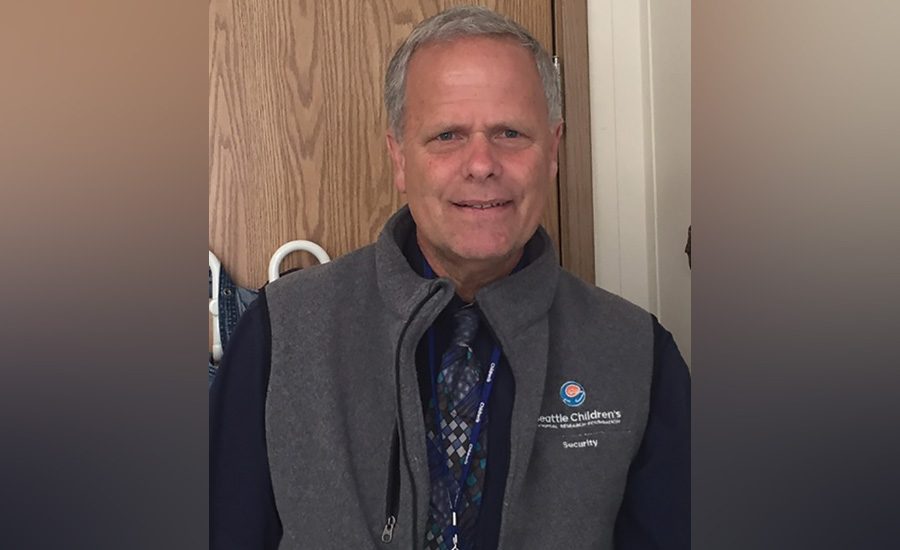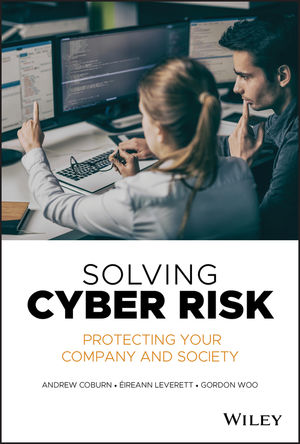Your #1 De-Escalation Technique: Customer Service
The path to ‘zero incidents’ starts with zero excuses.

Image courtesy of Seattle Children's Hospital

Jim Sawyer


Between illnesses, family tension and medical bills, hospitals are already harbors for stress, and nothing escalates a stressful situation into a dangerous one faster and more unnecessarily than poor customer service, says Jim Sawyer, Director of Security Services for Seattle Children’s Hospital.
Sawyer strives for a “zero incidents” rather than “zero tolerance” approach to security. For security personnel at the hospital, tolerance is absolutely imperative to mitigating the risk of incidents, Sawyer says, and getting that atmosphere hinges on selecting the right security officers and personnel.
“The finest violence prevention program on the planet in the workplace is optimum, caring, empathetic and aware customer service. It is more important than camera systems, biometrics, locks, batons, TV – it is the ultimate foundation for your zero incident or violence prevention program,” says Sawyer. “The most important thing for security people is making a good first impression, because how you stand, talk, act, interact with someone impacts directly with how they stand, talk, act, interact with you. For instance, if you come across as caring, empathetic, attentive, supportive, you have an optimum chance to de-escalate any concerns they have. If you showcase empathy with someone who is hostile or on the edge of rational control, you can bring them down.”
He adds: “Once behavior segues or changes or transitions from being frustration or anger into the kind of behavior where a reasonable person thinks there’s a reasonable threat of danger to a staff member or someone else, then it becomes threatening behavior, and you have to take the next step, i.e. law enforcement intervention and support or bringing in extra people. By employing this customer service, you mitigate, minimize, diminish the likelihood of someone acting out. But there are direct threats, veiled threats, or any kids of threatening commentary made, you’ve crossed the Rubicon, if you will,” and additional security measures will need to be enacted.
“Two things security officers should never say are ‘It’s not my job,’ and ‘There’s nothing I can do for you,’” Sawyer says. “Security officers should never turn anyone down for help, and they should always employ optimal customer service and situational awareness.”
One of the biggest pitfalls is hiring the right personnel, he says. Conducting careful and selective interviews takes time and resources, but compare it to the cost of training and retention, as well as the potential risk the enterprise takes on when hiring someone with an autocratic “my way or the highway” outlook, which can breed a toxic, hostile environment for both employees and visitors, Sawyer adds.
“In the old school, you wanted to hire people with strong law enforcement or military experience, black-and-white worldviews. Now, you want to have people who can think on their feet, who have the strength of empathy, the ability to interact and intervene with people under a great deal of stress and who have a genuine understanding and appreciation for diversity. If you hire those kinds of people, you can work magic.”
When interviewing potential security officers for the hospital’s proprietary guard force, Sawyer requests specific examples for several key open-ended questions:
-
What are your thoughts on diversity?
-
How do you resolve conflict?
-
What pushes your buttons at work?
-
How would you define conflict resolution?
Sawyer recommends watching out for comments such as “I tell it like it is,” or “I won’t back down from anybody.” While having strength and authority is necessary in some situations, in the healthcare environment, being able to meet stressed visitors and calm them down should be the first reaction from security personnel, Sawyer says, not confronting them.
For enterprises working with contract security personnel, Sawyer recommends one of two paths:
-
Put security officers through in-house or enterprise-hosted de-escalation training.
-
Require the contract company to provide de-escalation training, and send an in-house team member (if not the enterprise security leader him- or herself) to participate and observe.
However, even with contract teams, it’s important to stay aware of which security officers are working in your facility and whether or not they’re the right fit.
“There’s a huge danger in not knowing your team,” says Sawyer. “If you hire a contract service, and there’s one guy with a disposition like a longshoreman with a chronic backache, that can be trouble for you.”
Sawyer recommends reaching out to some of the industry training groups – such as Pro-ACT (Professional Assault Crisis Training), CPI’s Nonviolent Crisis Intervention Training, or Management of Aggressive Behavior (MOAB), to name a few – and following up with refresher courses every year at least. He also works with other departments throughout the hospital to train employees on de-escalation, verbal mitigation and recognizing the signs of assault. The hospital has an annual online class for employees’ security education, and Sawyer personally reaches out to other department managers to help guide training.
“Ninety percent of the things that happen when people do stupid things at work or in hospitals – if you take a look and break it down – is preventable, and that’s what we try to focus on when we do these in-service (educational sessions),” Sawyer says.
No matter what training courses an enterprise pursues, however, documentation is vital, Sawyer says. His department has a training manager who tracks all educational sessions and training records, adding them to employees’ permanent files.
As Sawyer stated in a Security Solutions by Sector webinar in August, “Not documenting can come back to haunt you like a Dickens ghost.” If an enterprise’s security department is audited, or investigated following an incident, and there is no written proof of training, it’s as if the training never took place in terms of potential repercussions, he says.
“If you emphasize, promote, practice optimal service for people under stress, that is the finest violence prevention strategy you’ll ever have,” says Sawyer. “If you have this culture in place, you mitigate the possibility of so many things going wrong, and you build intuitional awareness with your staff. They can read people, and learn to read body language – the rewards here are endless. If you can build that philosophy into your program, you can minimize the risk of things going wrong, and that’s the heart and soul of a ‘zero incidents’ philosophy.”
Interested in getting more perspective from Jim Sawyer on his “zero incidents” philosophy, or how security teams can help domestic violence victims in the workplace? Visit SecurityMagazine.com/events/category/2141 for an archive of past Solutions by Sector webinars, including several with insights from Jim Sawyer.
Looking for a reprint of this article?
From high-res PDFs to custom plaques, order your copy today!











